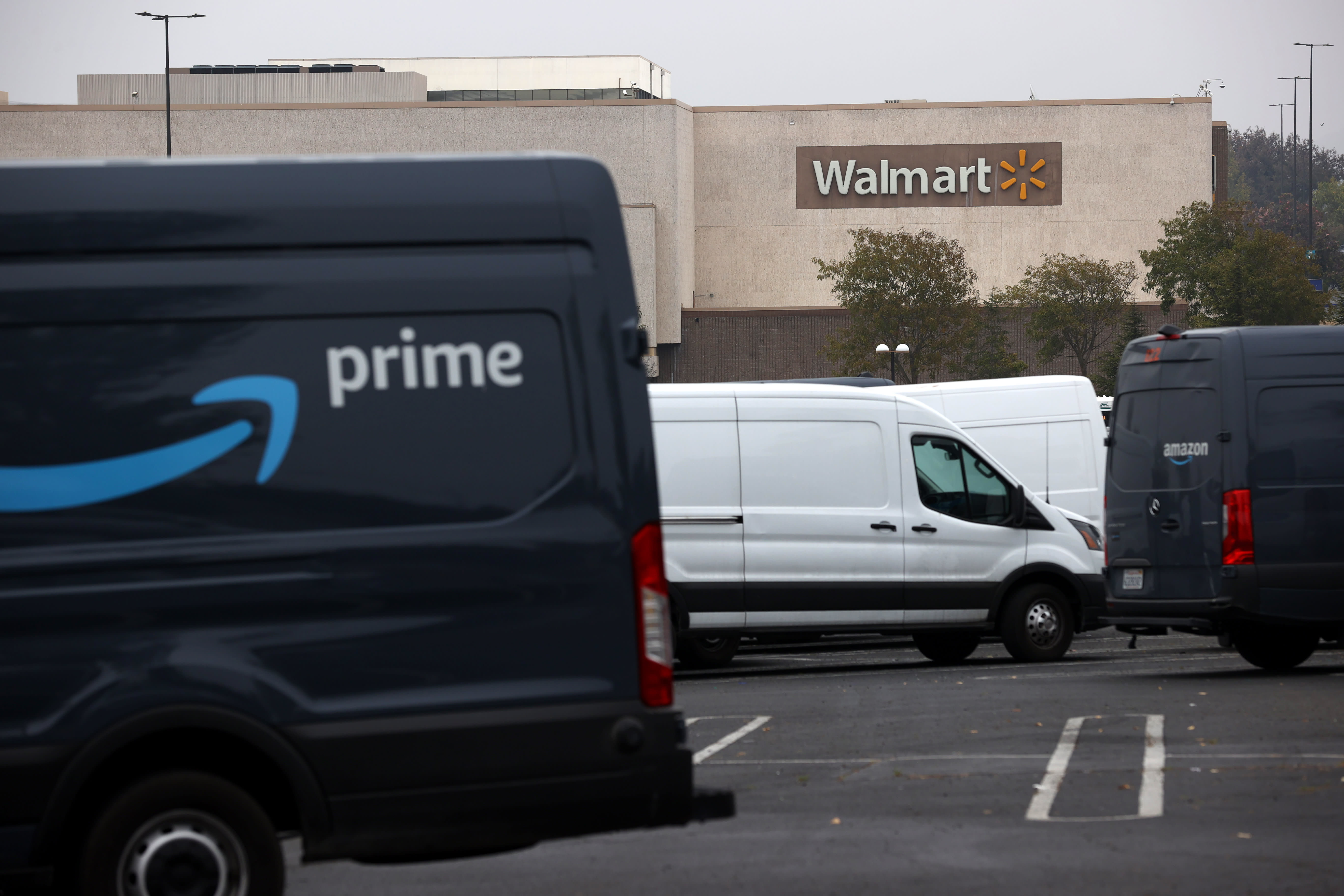
Consumers across the globe spent $900 billion more at online retailers in 2020 compared with the prior two-year trend, according to a report released Tuesday by the Mastercard Economics Institute.
Shoppers are heading back to restaurants and returning to stores to buy clothes and shoes in person. Yet they will continue to stock their fridges and hunt for good deals online — a sticky habit developed during the pandemic, according to the report.
Nearly every retailer’s online sales jumped as shoppers were stuck at home. As consumers picked up online purchases in the parking lot and got packages or takeout dropped at their doorsteps, e-commerce made up about $1 out of every $5 spent on retail globally. That’s an increase from about $1 out of every $7 spent in 2019, the report said.
In an interview on CNBC’s Worldwide Exchange with Frank Holland, Mastercard chief economist Bricklin Dwyer said about 20% to 30% of the $900 billion in additional digital spending will continue into 2021 and next few years.
However, the long-term e-commerce gains will be uneven and will depend on what a retailer sells, how they adapted their business model and how consumers prefer to shop. For some merchandise, such as clothing, shoppers may prefer to go back to brick-and-mortar stores where they can try on an outfit before buying it. In certain retail categories, such as electronics, online purchases already drove a larger share of overall sales, so there was less room to grow.
Grocery and discount stores will see the most dramatic and lasting shift to e-commerce, according to the report. Discount stores include dollar stores, wholesale clubs and other retailers that sell to customers at near wholesale prices. Grocers will likely retain about 70% to 80% of the digital sales gains that they saw during the peak of the pandemic and discount stores will retain about 40% to 50% of them, the report said.
For both sectors, online sales made up only a single-digit share of overall sales before the pandemic — creating an opportunity for more noticeable growth.
Clothing stores, restaurants and sporting/toy stores saw the biggest initial spike during the pandemic, however, but only kept 10% to 20% of that peak in sales, according to the report.
Electronics and department stores had the highest penetration of online sales before the pandemic, with e-commerce making up about 55% to 60% and 40% to 50% of their total sales, respectively, according to Mastercard. For the two sectors, their expected permanent shift will be around 20% to 30% of their peak jumps.
Dwyer said grocers face unique hurdles — even as more consumers shop online for produce, meats and other ingredients. Only about 10% of overall grocery spending is through e-commerce, he said.
“You have to trust someone else to pick your peaches,” he said. “You have to have trust for someone else to deliver your goods and still have them good when they arrive. So that really is some of those barriers that we’re crossing.”
